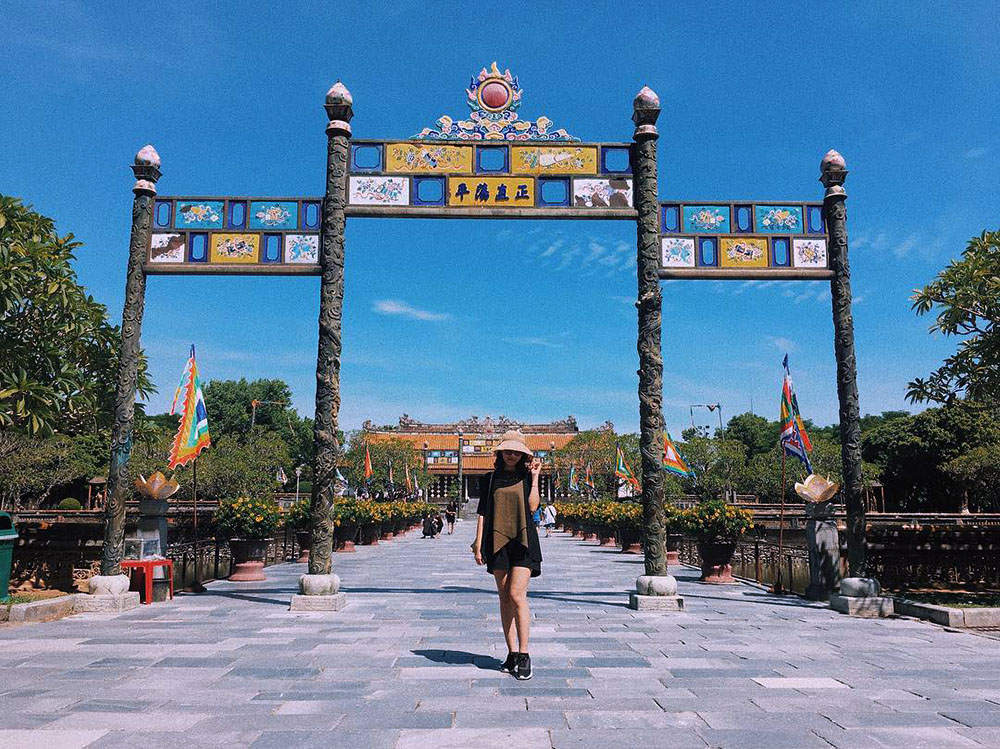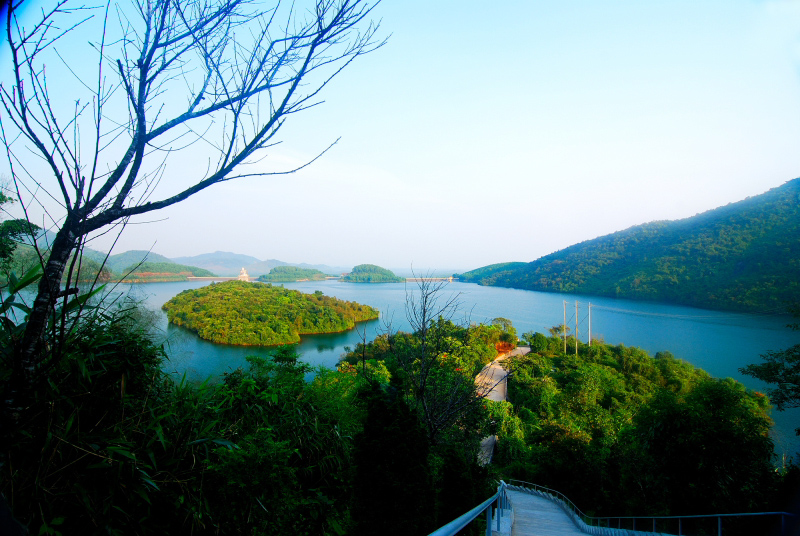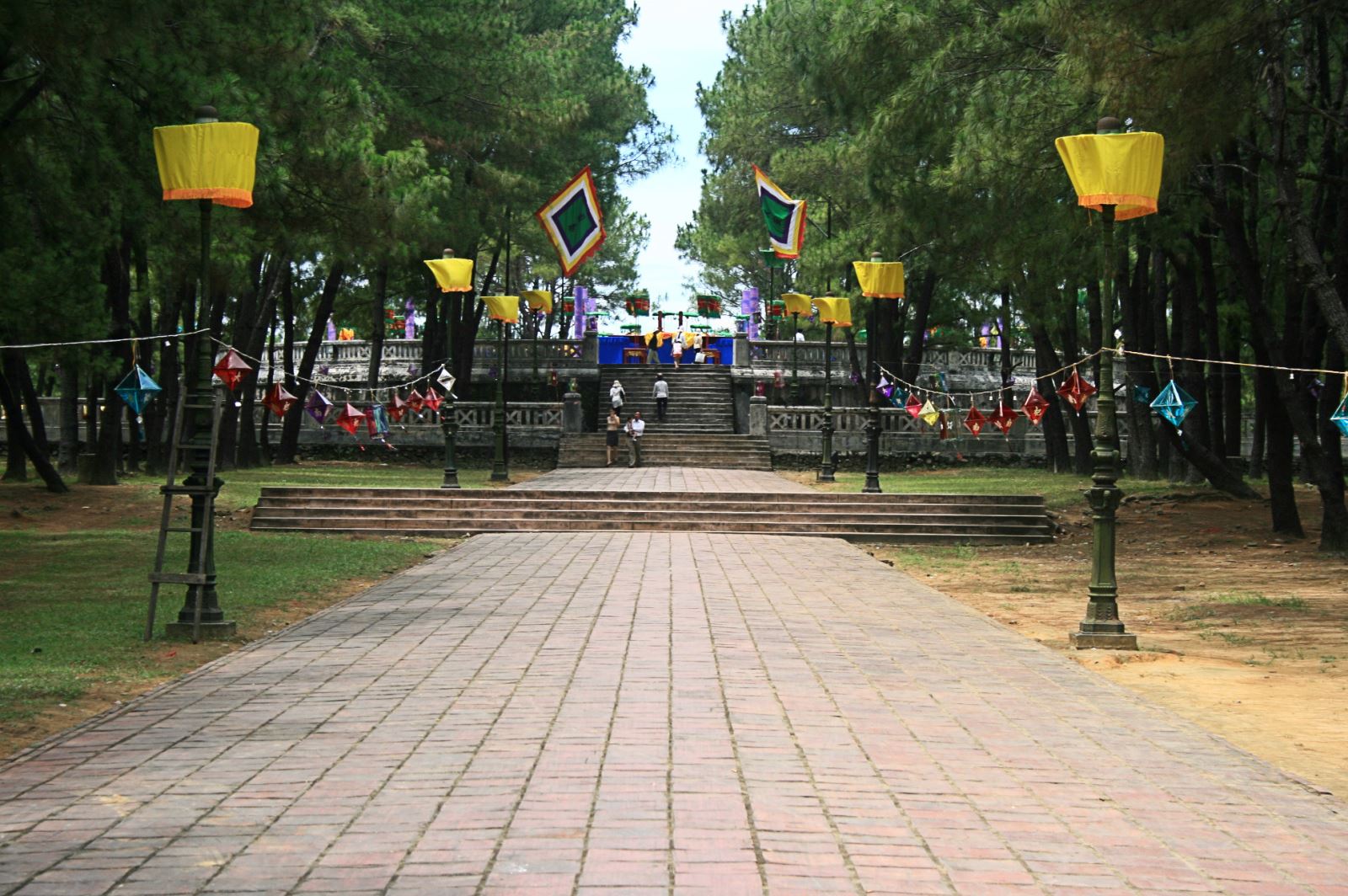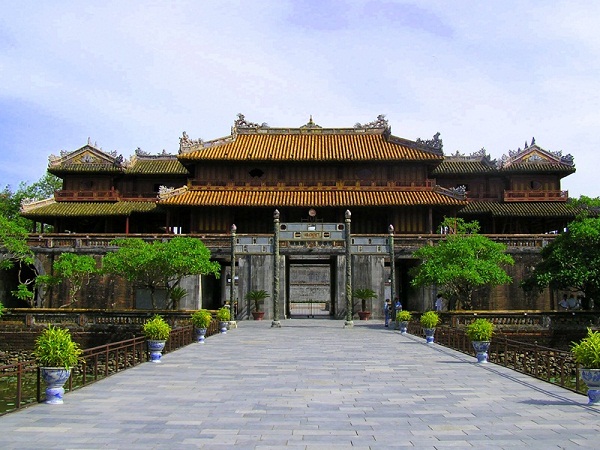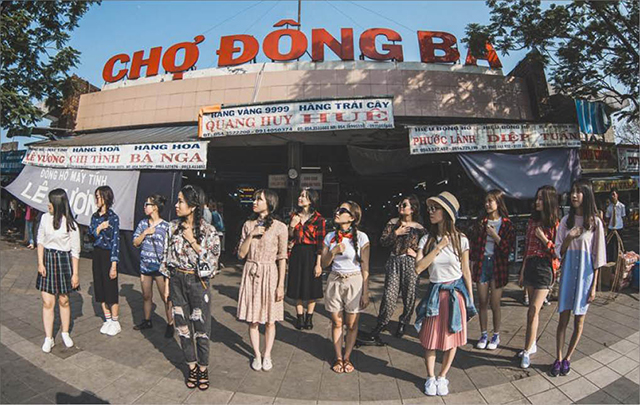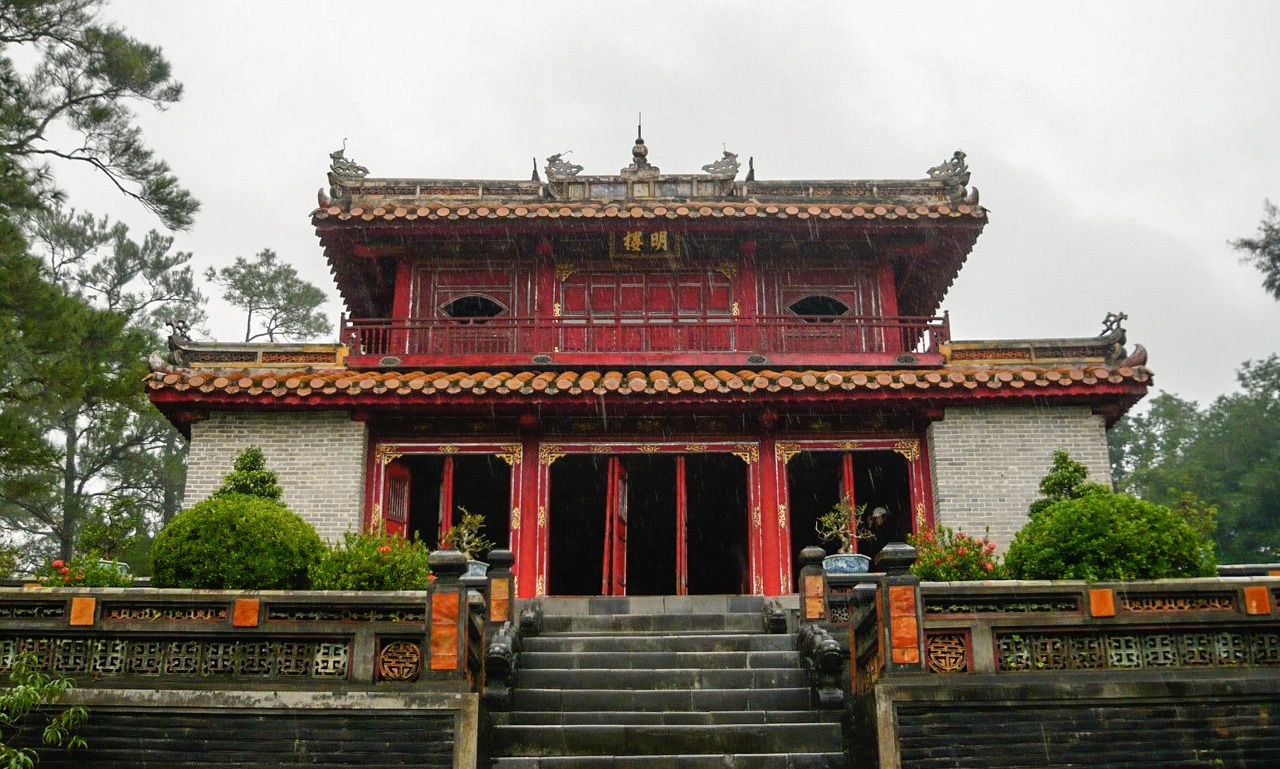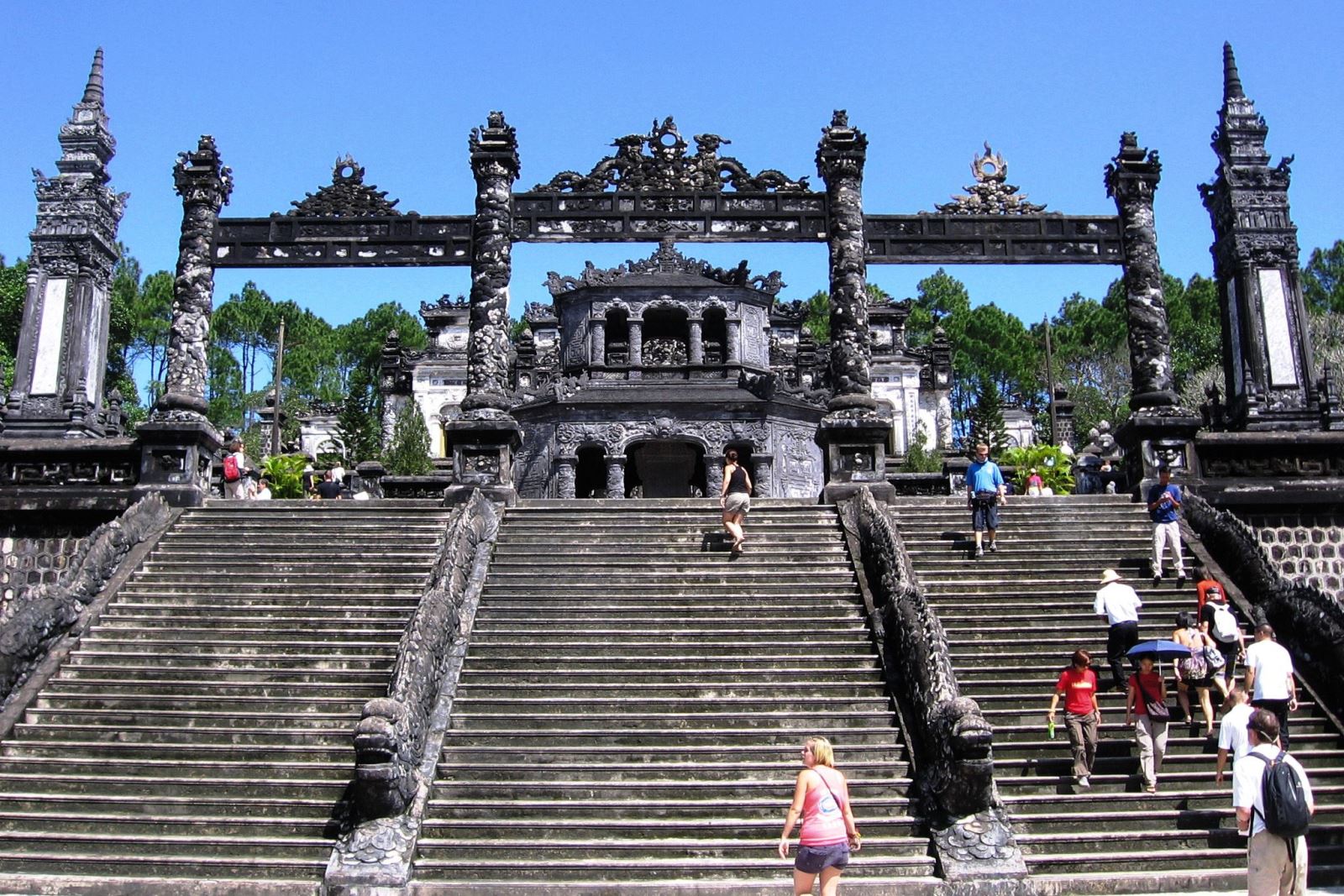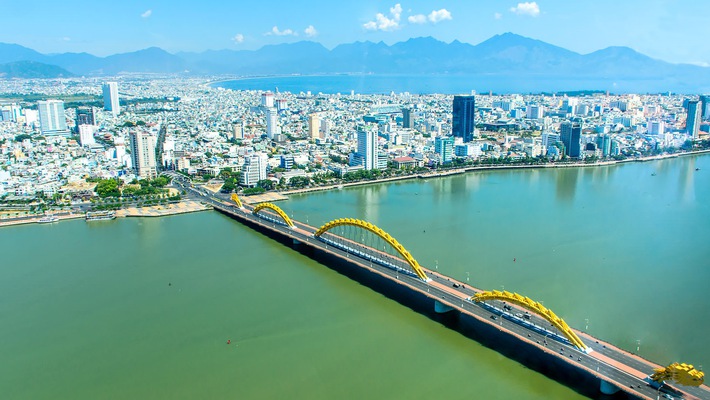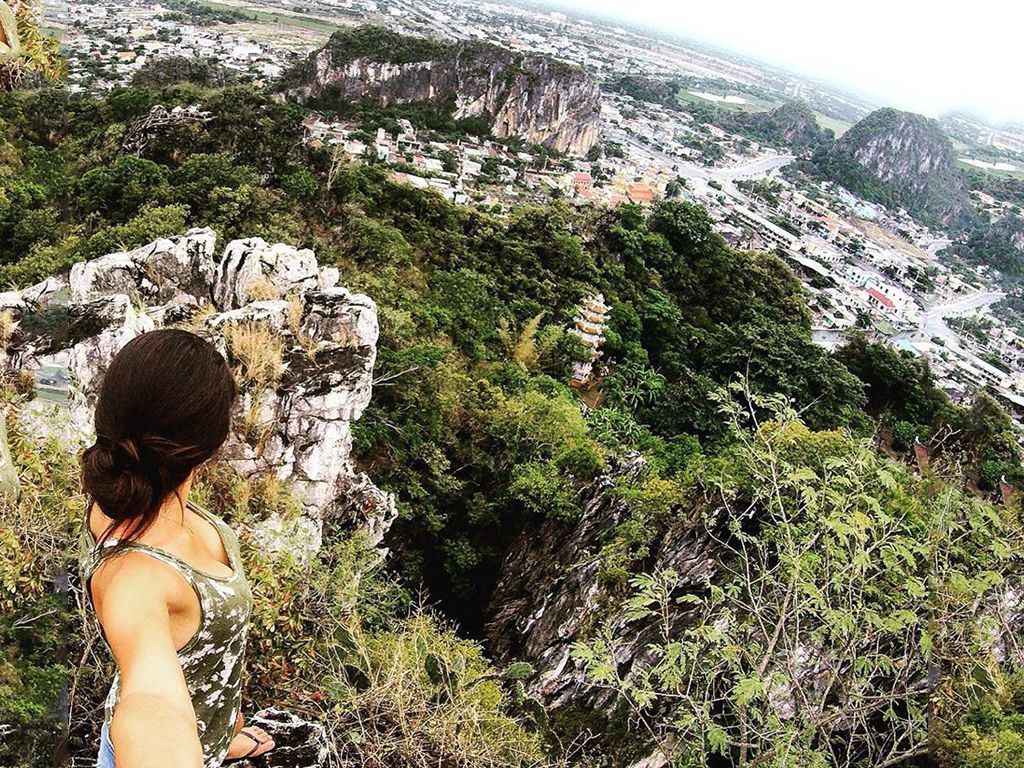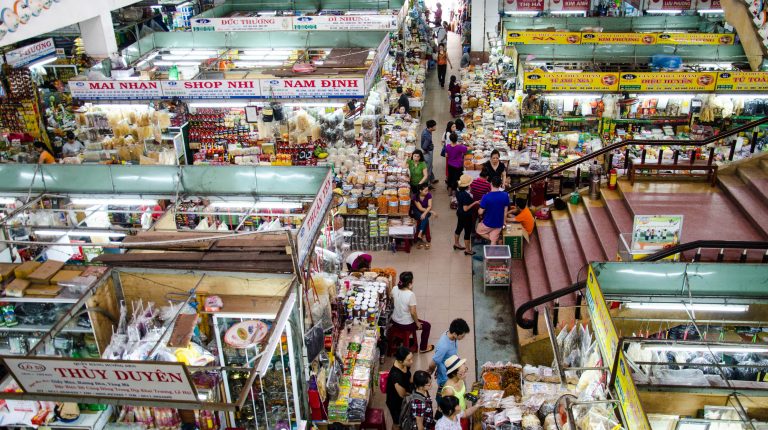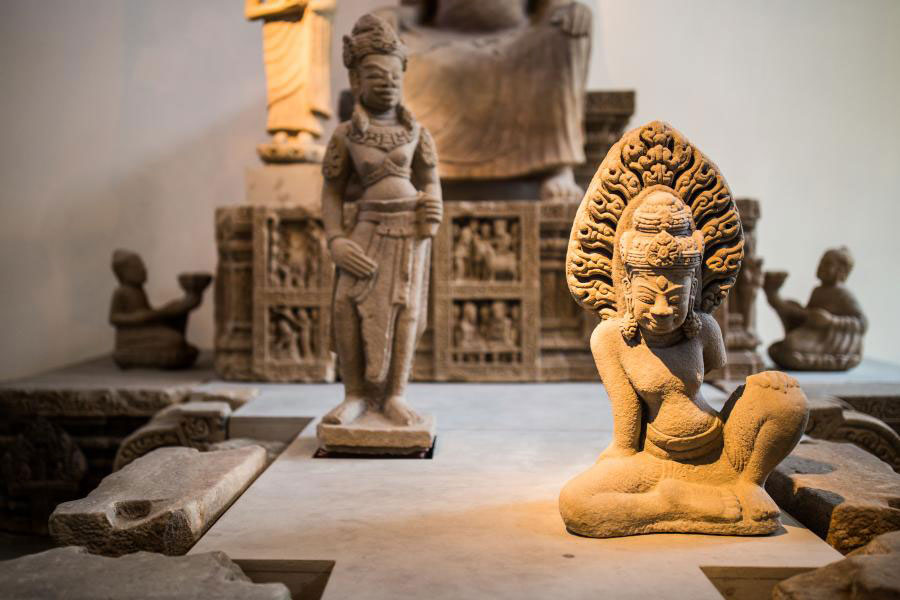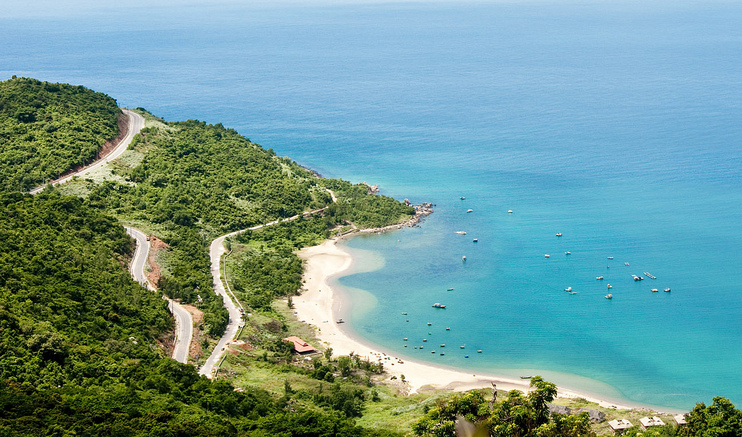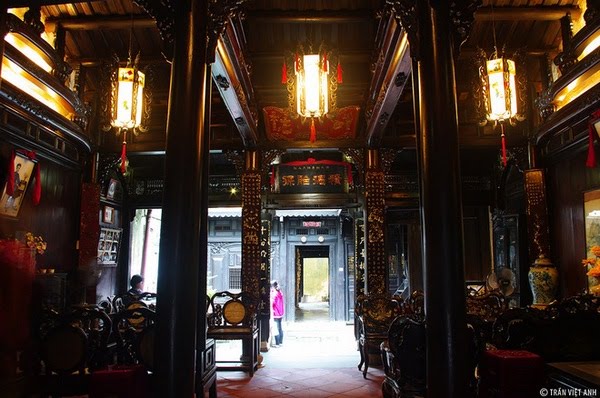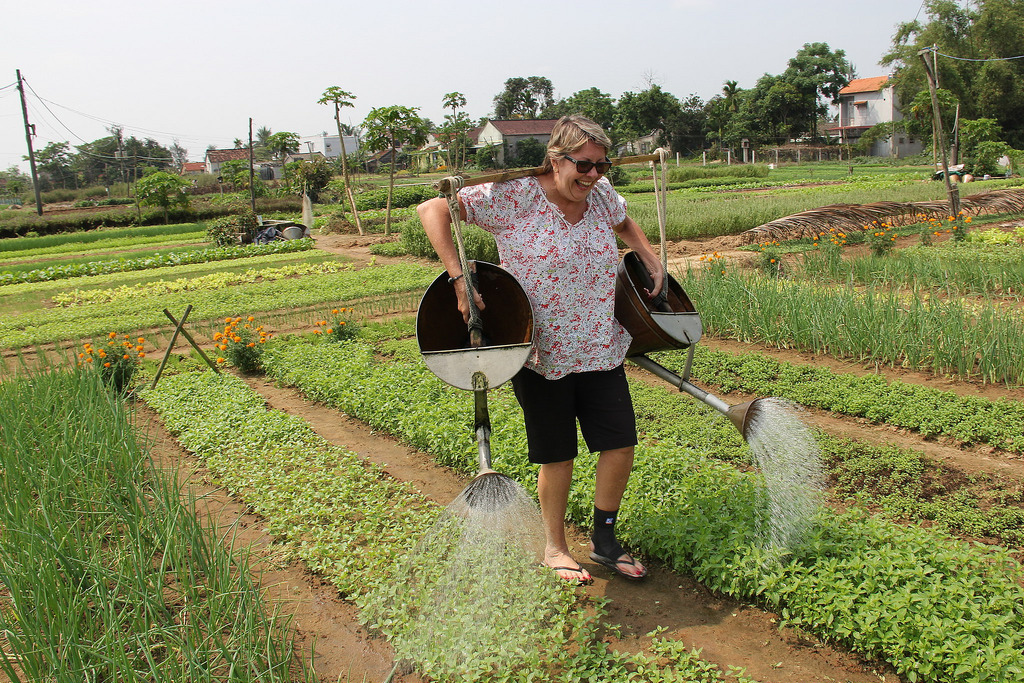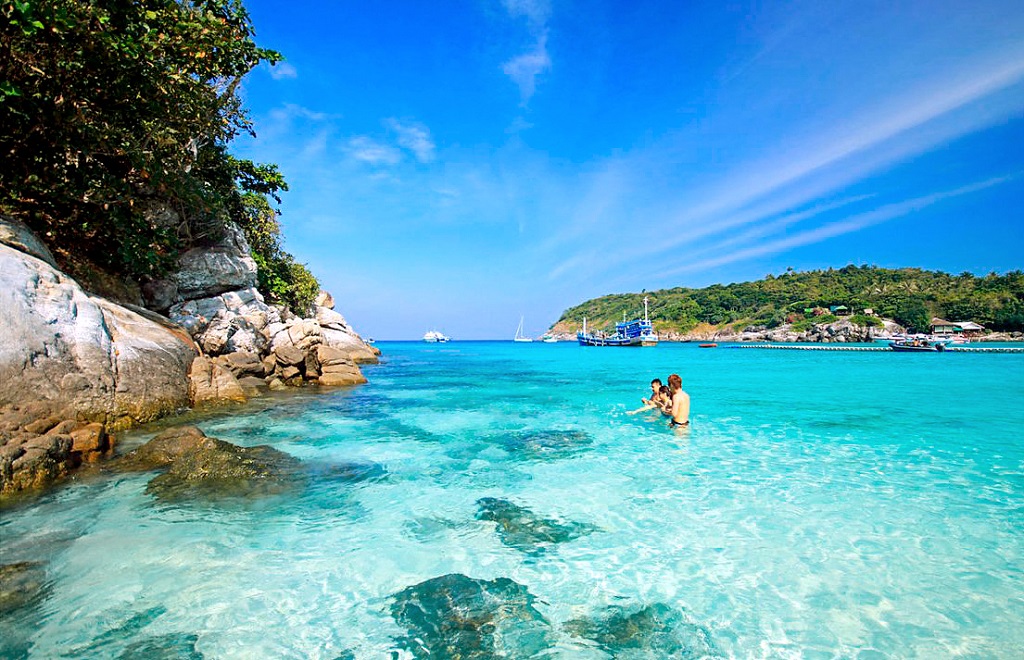Hoi An Travel Guide Over View
Hoi An Travel Guide
Overview
Ancient and peaceful, Hoi An is one of the most popular destinations in Vietnam that caters to travellers of all tastes and across the continents. The little town is just the perfect candidate of what Vietnam tourism ministry is aiming to show to the world.
Warm-hearted, welcoming and traditional, but never out of touch with the outside world, the people of Hoi An are in overdrive mode trying to catch up to the opportunities their new found fame has recently given them.
A History of Asian fusion
A slow stroll through town reveals its gems. Hoi An has to this days well preserved its most sacred treasure, the centuries-old architecture. The town used to harbor foreign traders back in the 17-18th, and once is an important heavily-frequented trading port in Southeast Asia. The foreigners come from all corners of the world, but mostly are Chinese and Japanese nationalities. Some come and go, but many settle in permanently and etch their marks into the history of Hoi An.
Mixing together with Vietnamese design, Chinese and Japanese accents melt and create a picture-perfect Hoi An of the late 19th century, which it has somehow remained mostly intact since. The end product is an oddly strange-yet-familiar sight that exists nowhere else in the world. To this day, few descendants of the foreign traders remain but the architectural setting manages to survive the damage of time.
Little town gathers world fame
In 1999, UNESCO formally recognizes Hoi An as a World Heritage Site. There are the things that make up the reputation. Hoi An is home to many temples, pagodas and the ancient homes that bear its very unique mark. The density of such sites is unlike any other in Vietnam. These places carry with them the history of Hoi An itself. The depiction of its formation, its once-prosperous merchant past, its progress and how it manages to become one of today are all well documented, in words and in priceless relics.
The town is not just reminiscent of the past, it truly takes one for a slow enlightening journey to the past. Such journey is simply unthinkable most elsewhere in Vietnam. It is only possible because of the careful and dedicated works that have gone into preserving and presenting its way - efforts that have come as the result of the UNESCO recognition. Enjoying the spotlight and catering to the increasing number of tourists flooding its narrow streets hoping to catch a glimpse of the past, hotels and resorts are now sprouting up all over town.
Hoi An Accommodation and Shopping
One shall find his accommodation options ranging from lowly affordable motel rooms as low as $8 per day to the world-class 6-star top-of-the-line allegedly-best-in Southeast-Asia Nam Hai resort nearby, which starts at a whooping $600. Vietnam may be small, but there will always be an extra bedroom for the staying- over guest. These days, the guests may well outnumber the homeowners however. True to its origin, Hoi An today still boasts a booming trade.
Of the things sold in town, there are only 3 different categories. First is souvenir, the second being clothing and the last is food, both western and Vietnamese. The souvenir is not something to write home about, since offerings are limited in diversity throughout the country. Hoi An is better known for its tailor shops, which mostly service personal bespoke orders. Tourists circulate rumor that people stay in this little sleepy town for entire weeks doing nothing, waiting just to have their shirts made to the perfect fit. Most designs are traditional Vietnamese in nature, with some offer contemporary twists and touches of foreign taste as well.
Coupled with the right prices, Hoi An is truly a shoppers’ paradise, one that dictates its western customers on a unique oriental sense of style. Paradox does not end. One imagines never being able to find western food in such a hardcore Vietnamese setting. That turns out not the case. Hoi An is home to multiple restaurants that serve big hearty American meals with only a small portion of the menu dedicated to local food. The locals prefer their sidewalk vendors to the many re-innovated house-turned-restaurants out there.
Of Food and Cuisines
There is no shortage of bacon in town, but cao lầu is the dish that one simply can not miss. Prices and service are rightfully on par with the latest venues in major cities like Hanoi and Ho Chi Minh. Yet in the face of all the hurrying capitalist business going on, for some reason, somehow, Hoi An retains its quite serenity. Life just seems to flow by at an uneventful rate. People seem to slowly enjoy things as they are. While foreigners come to experience the old way, natives also come to Hoi An for a break in the hustling busy path of life.
And it is in Hoi An that their inner peace shall be found, paradoxically in the face of all the money being changed hand. As for a fitting end to a story of many extremes, Hoi An is, sadly, situated in one of the poorest provinces in the country. Apart from the glamour of the tourism-enriching little town, Quang Nam’s population generally lives at the poverty line level. A typical drive from Danang’s airport or train station to Hoi An soon enough will reveal all the stories that are silently told.
Overview
Ancient and peaceful, Hoi An is one of the most popular destinations in Vietnam that caters to travellers of all tastes and across the continents. The little town is just the perfect candidate of what Vietnam tourism ministry is aiming to show to the world.
Warm-hearted, welcoming and traditional, but never out of touch with the outside world, the people of Hoi An are in overdrive mode trying to catch up to the opportunities their new found fame has recently given them.
A History of Asian fusion
A slow stroll through town reveals its gems. Hoi An has to this days well preserved its most sacred treasure, the centuries-old architecture. The town used to harbor foreign traders back in the 17-18th, and once is an important heavily-frequented trading port in Southeast Asia. The foreigners come from all corners of the world, but mostly are Chinese and Japanese nationalities. Some come and go, but many settle in permanently and etch their marks into the history of Hoi An.
Mixing together with Vietnamese design, Chinese and Japanese accents melt and create a picture-perfect Hoi An of the late 19th century, which it has somehow remained mostly intact since. The end product is an oddly strange-yet-familiar sight that exists nowhere else in the world. To this day, few descendants of the foreign traders remain but the architectural setting manages to survive the damage of time.
Little town gathers world fame
In 1999, UNESCO formally recognizes Hoi An as a World Heritage Site. There are the things that make up the reputation. Hoi An is home to many temples, pagodas and the ancient homes that bear its very unique mark. The density of such sites is unlike any other in Vietnam. These places carry with them the history of Hoi An itself. The depiction of its formation, its once-prosperous merchant past, its progress and how it manages to become one of today are all well documented, in words and in priceless relics.
The town is not just reminiscent of the past, it truly takes one for a slow enlightening journey to the past. Such journey is simply unthinkable most elsewhere in Vietnam. It is only possible because of the careful and dedicated works that have gone into preserving and presenting its way - efforts that have come as the result of the UNESCO recognition. Enjoying the spotlight and catering to the increasing number of tourists flooding its narrow streets hoping to catch a glimpse of the past, hotels and resorts are now sprouting up all over town.
Hoi An Accommodation and Shopping
One shall find his accommodation options ranging from lowly affordable motel rooms as low as $8 per day to the world-class 6-star top-of-the-line allegedly-best-in Southeast-Asia Nam Hai resort nearby, which starts at a whooping $600. Vietnam may be small, but there will always be an extra bedroom for the staying- over guest. These days, the guests may well outnumber the homeowners however. True to its origin, Hoi An today still boasts a booming trade.
Of the things sold in town, there are only 3 different categories. First is souvenir, the second being clothing and the last is food, both western and Vietnamese. The souvenir is not something to write home about, since offerings are limited in diversity throughout the country. Hoi An is better known for its tailor shops, which mostly service personal bespoke orders. Tourists circulate rumor that people stay in this little sleepy town for entire weeks doing nothing, waiting just to have their shirts made to the perfect fit. Most designs are traditional Vietnamese in nature, with some offer contemporary twists and touches of foreign taste as well.
Coupled with the right prices, Hoi An is truly a shoppers’ paradise, one that dictates its western customers on a unique oriental sense of style. Paradox does not end. One imagines never being able to find western food in such a hardcore Vietnamese setting. That turns out not the case. Hoi An is home to multiple restaurants that serve big hearty American meals with only a small portion of the menu dedicated to local food. The locals prefer their sidewalk vendors to the many re-innovated house-turned-restaurants out there.
Of Food and Cuisines
There is no shortage of bacon in town, but cao lầu is the dish that one simply can not miss. Prices and service are rightfully on par with the latest venues in major cities like Hanoi and Ho Chi Minh. Yet in the face of all the hurrying capitalist business going on, for some reason, somehow, Hoi An retains its quite serenity. Life just seems to flow by at an uneventful rate. People seem to slowly enjoy things as they are. While foreigners come to experience the old way, natives also come to Hoi An for a break in the hustling busy path of life.
And it is in Hoi An that their inner peace shall be found, paradoxically in the face of all the money being changed hand. As for a fitting end to a story of many extremes, Hoi An is, sadly, situated in one of the poorest provinces in the country. Apart from the glamour of the tourism-enriching little town, Quang Nam’s population generally lives at the poverty line level. A typical drive from Danang’s airport or train station to Hoi An soon enough will reveal all the stories that are silently told.
Other Article
Hue Over View
Located on the bank of Song Huong- Perfume River; Hue, the capital of Thua Thien Hue province in Central Vietnam, is 700 km southern Hanoi, 1100km northern Ho Chi Minh City, and only a few miles from the sea...
Bach Ma National Park
With close proximity to both Hue and Danang, Bach Ma national park is simple a cannot-afford-to-miss for nature lovers and especially bird-watching enthusiasts...
Vong Canh Hill
Just 43m high, the hill is located 7km from Hue centre, with its foot lying next to slowly flowing Perfume River. On the way to Tu Duc Tomb, there’s a hill called Vong Canh, which at first seems to be quite normal amongst other famous sightseeing spots of Hue...
Nam Giao Esplanade
Emperors under feudalism oftern regarded themselves as "thien tu" - the sons of Heaven. Hence, to express their respect to Father God, they often held annual offering ceremonies to worship. That's why Nam Giao Esplanade was built by King Gia Long after being crowned, in Duong Xuan Village, south of Hue City...
Hue Imperial Citadel
Famously being one of Vietnam’s seven UNESCO World Heritage Sites, the Imperial City of Hue has long been a must-see attraction for tourists visiting a hidden charm of Vietnam...
Dong Ba Market
Dong Ba is the biggest commercial center of Thua Thien Hue Province and the adjacent regions. It stands along the north bank of Huong River, on Tran Hung Dao Street of Hue City and stretches from Trang Tien Bridge to Gia Hoi Bridge...
Thien Mu pagoda
If Hanoi has One-pillar pagoda, Hue is renowned for its Thien Mu pagoda. The architecture, location and history makes Thien Mu pagoda among the top attractions to see in Hue...
Tu Duc Tomb
Located in a narrow valley in Duong Xuan Thuong Village, 8km from Hue City, Tu Duc Tomb is considered as one of the most beautiful and picturesque and largest works of architecture of Nguyen Dynasty’s royal palaces and tombs. People say that Tu Duc Tomb is a must in every tour to Hue City...
Minh Mang Tomb
Minh Mang Tomb is in Huong Tho Commune, Huong Tra District, on the west bank of Perfume River and about 12km south of Hue City center. This place is where 2 tributaries join to form the picturesque Perfume River...
Khai Dinh Tomb
After his ascendancy to throne in 1916, Emperor Khai Dinh chose the slope of Chau Chu (Chau E) Mountain, which is 10km from Hue center, to construct his “home in the other world” – according to Oriental belief. It was started bulding in 1920 and completed 11 years later, by his successor – Emperor Bao Dai...
Da Nang Over View
The third largest city in Vietnam, Da Nang is in close proximity to Hue- 3 hours North and Hoi An- 30 minutes South, which makes it a perfect stop point for those who need a break from touristy areas. Da Nang is growing into one of the most organized urban area, with attractive beach front villas on the one side and Han River flowing on the other...
Danang Marble Mountains
Driving 9km south of Danang city center on the famous beachfront boulevard Truong Sa, travelers can find one of the most popular attractions of the region, the Marble mountains. It is a group of five marble and limestone mountains, named after the five elements of the ancient oriental philosophy: metal, wood, water, fire and earth...
Ba Na Hills
If you drive about 30 km from Da Nang city to the West, you can finally reach one of the most spectacular sights you would have ever visited. With a height of 1,487 meters above the sea lever and a temperate climate, Ba Na Mountain is a real treasure of Vietnam...
Han Market
The most important trading point of Da Nang City, Han market is popular among local and tourist alike. Located at the grand intersection of Tran Phu Street, Bach Dang Street, Hung Vuong Street and Tran Hung Dao Street, this famous market holds a very important position in the history of the city...
Cham Pa Museum
Situated at the intersection of Trung Nu Vuong Street and Bach Dang Street in Da Nang, the heart of the ancient Cham Pa Kingdom, the museum houses the last collection of Cham Pa arts in the world...
Son Tra Peninsula
Only 13 km away from the center of Da Nang City, Son Tra Peninsula belongs to Son Tra District. This is a typical Vietnam tourism magnet along the coastline: fantastic, untouched natural scene with transparent sea, white sand, and mysterious primitive jungle with a vast diversity of plants and animals...
Hoi An Traditional Art Performance Theatre
Walking around the Old Quarter of Hoi An, tourists are always fascinated by endless reminiscences of a past time when the old town was a major commercial port, a center of cultural interminglement amongst Vietnamese, Chinese and Japanese...
Old House of Tan Ky
Located at 101 Nguyen Thai Hoc Street, in the Old Quarter of Hoi An Ancient Town, Tan Ky Old house is an almost perfect example of a 18th merchant’s residence in this major commercial port town. The name Tan Ky, meaning “Progress Shop”, was given to the house by the second generation to express the owner’s wish for a prosperous business...
Kim Bong Carpentry Village
Since the 16th century, the village which originated in the north of Vietnam, has had its artisans work on furniture and houses across the country, from prominent buildings in Hanoi to Hue citadel and royal tombs or most of the architectural projects in Hoi An’s heyday...
Tra Que Herb Village
Tourists visitting Tra Que Village are often fascinated by watching the farming procedures of local farmers, including: raking the ground, sowing, watering, picking vegetables and many other activities which are rarely seen in modern daily life...
Cham Island (Cu Lao Cham)
Cham Island is a group of 8 small islands, which has been recognized by UNESCO as the World Biosphere Reserve (Cu Lao Cham Marine Park).This ideal destination is endowed with marvelous topography of mountain slopes and biological diversity...
My Son Sanctuary
If Hoi An enchants you by colorful lanterns along downtown streets by night, charming red towers in My Son surely amazes you in the sunset. My Son Sanctuary is located in My Son village, Duy Tan commune, Duy Xuyen district, 30km west of Tra Kieu (the ancient capital of Cham people) and 69km south-west of Da Nang city...
Powered by NAM Travel (Nam Huong Travel Limited Company)
© Copyright 2018 NAM Travel (Nam Huong Travel Limited Company) - Use of this website constitutes acceptance of the NAM Travel (Nam Huong Travel Limited Company)'s

